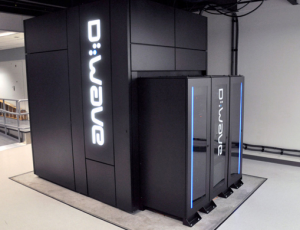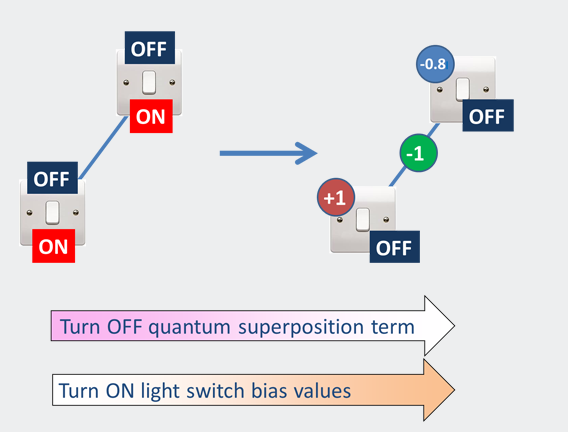
I have been watching several quantum computing tutorial videos on YouTube and Ted, and, reading multiple web pages to find out one or more videos / documents which could make it easier for anyone to understand quantum computing and related concepts.
This is where I landed on this document Quantum Computing Primer by DWave Systems.
The following are some of the document highlights:
- Explained quantum computing concepts such as qubits being in superposition of states using light switches with ON and OFF states with reference to both classical and quantum computing. The following is the most interesting part of Qubits explanation:
- You start with the system in its quantum superposition as described above, and you slowly adjust the quantum computer to turn off the quantum superposition effect. At the same time, you slowly turn up all those bias values (the h and J’s from earlier). As this operation is performed, the switches slowly drop out of their superposition state and choose a classical state, either ON or OFF. At the end, each switch MUST have chosen to be either ON or OFF. The quantum mechanics working inside the computer helps the light switches settle into the right states to give the lowest overall value when you add them all up at the end.
- The diagram below represents the explanation given in above point where the light switches drop out of their superposition state and choose a classical state. The quantum mechanics helps the light switches (representative of qubits) choose the right states (of qubits) to give the required outcome.

quantum computing tutorial using light switches
- Quantum computers perform the computation in fundamentally different ways than classical computers.
- Quantum computers can learn as like classical computers based on machine learning concepts.
- Quantum computing is probabilistic, meaning that it returns multiple answers. This essentially means that a quantum computing processor considers all possible states of qubits to determine the required outcome. Based on some event, the outcome/result is calculated. And, it gives out multiple outcomes/results including one which is most optimal and other possible outcomes.
This document, programming with D-Wave: Map Coloring Problem, explains overall process of quantum computing.
- Mathematics Topics for Machine Learning Beginners - July 6, 2025
- Questions to Ask When Thinking Like a Product Leader - July 3, 2025
- Three Approaches to Creating AI Agents: Code Examples - June 27, 2025
I found it very helpful. However the differences are not too understandable for me